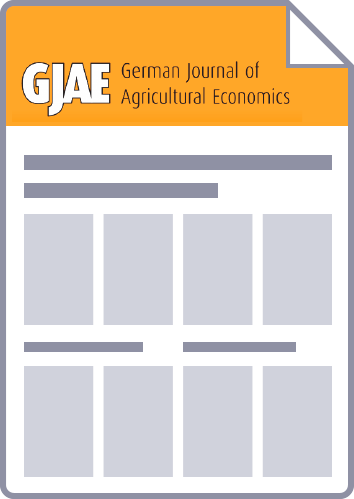Summary:A spatial equilibrium system of the world cereals sector is modelled by specifying a number - here 31 - of supply and demand regions that are separated by transfer costs. The modelling system is used to project world grain market developments within a five-year period. If exogenous variables (population, income) or parameters (price and income elasticities, agricultural policies, regional marketing and interregional transfer costs, and autonomous growth of production [technical progress]) are changed, impacts of the changes can be evaluated. This is done for free trade agreements of the EU with MERCOSUR and the Republic of South Africa (RSA). As the simulation results show, North America remains the main exporter of grains with constant or slightly increasing international market shares, Europe loses on the exportside whereas developing countries' share in imports expands in a fast growing international market. Grain prices remain under pressure in regions where protection has to be dismantled but increase in all other regions. Free trade agreements of the EU with MERCOSUR and South Africa including cereals do not directly affect EU grain trade, if support prices are reduced as proposed by Agenda 2000 and export subsidies are eliminated.



